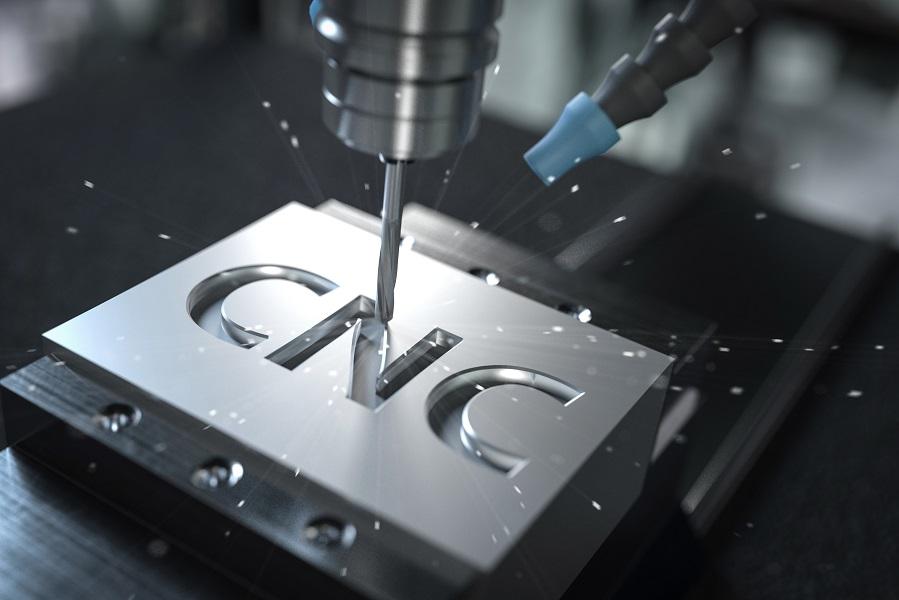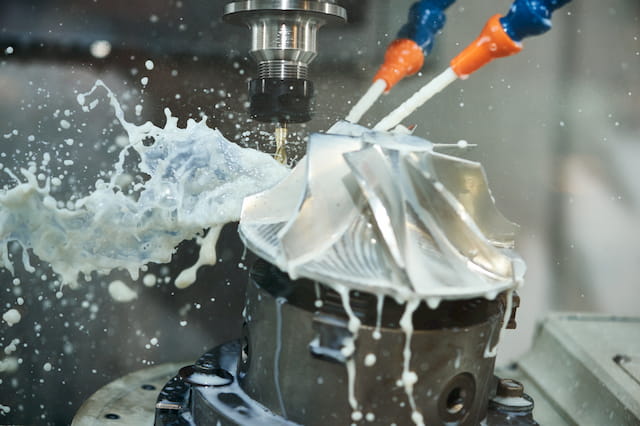In the fast-evolving world of manufacturing, CNC (Computer Numerical Control) machining stands as a pivotal technology, a beacon of precision and efficiency. As industries strive for greater productivity and lower production costs, the significance of CNC machining techniques becomes increasingly evident.
These advanced methodologies not only enhance the accuracy of intricate designs but also streamline processes that were once labor-intensive and time-consuming. From the rhythmic whir of a milling machine to the precise dance of a laser cutter, this guide delves into the diverse range of CNC machining techniques, exploring their unique applications in various sectors—from aerospace to medical devices.
Whether you are a seasoned engineer or a curious novice, understanding these techniques can unlock new possibilities, inspire innovative solutions, and elevate your manufacturing capabilities to new heights. Join us as we embark on an enlightening journey through the world of CNC machining, where technology and creativity converge to shape the future of fabrication.
Key Components of CNC Machines

CNC machines, the cornerstone of modern manufacturing, consist of several key components that work in harmony to transform raw materials into precision-engineered parts. At the heart of these machines lies the controller, a sophisticated computer system that interprets the design data and directs the movements of the machine. Connected to this are the motors, often stepper or servo types, which drive the axes—X, Y, and Z—enabling intricate three-dimensional movements. Additionally, the spindle is crucial; it rotates the cutting tool at varying speeds, adapting to the material\’s hardness and the desired finish.
Equally important is the feedback system, providing real-time data to ensure accuracy and repeatability in production. These components, working together, allow CNC machines to operate with remarkable precision, offering manufacturers the tools needed to execute complex designs with unparalleled efficiency. Machining service providers play a pivotal role here, as they ensure these machines are maintained and upgraded, guaranteeing longevity and adaptability in an ever-evolving technological landscape. The synergy of these elements defines why CNC machining stands at the forefront of innovation in manufacturing.
Programming and Design for CNC Machining

Programming and design for CNC machining is a multifaceted process that bridges creativity with precision, making it one of the most fascinating aspects of modern manufacturing. At its core, it involves translating intricate design concepts into detailed instructions that a CNC machine can follow.
This requires a deep understanding of both the software tools—like CAD (Computer-Aided Design) and CAM (Computer-Aided Manufacturing)—and the mechanical nuances of the machinery itself. Think of it as crafting a unique recipe: each parameter, from tool selection to feed rates, must be meticulously chosen to yield the perfect part.
A designer must not only envision the end product but also anticipate and solve potential fabrication challenges, embracing both iteration and innovation. As the complexity of parts increases, so does the necessity for advanced programming techniques, incorporating features such as 3D modeling, simulation, and adaptive feed strategies, which ultimately enhance efficiency and accuracy.
In this dynamic interplay of art and science, the role of programming and design is pivotal, shaping the future of CNC machining and propelling industries into new realms of possibility.
Future Trends in CNC Machining
As we look to the horizon of CNC machining, several transformative trends are poised to reshape the landscape of manufacturing. First and foremost, the integration of artificial intelligence and machine learning is revolutionizing process optimization, enabling machines to predict maintenance needs and adapt workflows for enhanced efficiency.
Additive manufacturing is also gaining traction, blurring the lines between traditional CNC techniques and 3D printing, thus allowing for more intricate designs and reduced material waste. Moreover, the advent of IoT (Internet of Things) in CNC machinery facilitates real-time monitoring and data analytics, improving precision and responsiveness on the shop floor.
Finally, sustainability practices are increasingly being woven into machining processes, as manufacturers seek to reduce their carbon footprints through eco-friendly materials and energy-efficient technologies. Together, these trends herald a new era of sophistication and adaptability in CNC machining, making it more efficient, innovative, and environmentally conscious than ever before.
Conclusion
In conclusion, CNC machining represents a pivotal advancement in modern manufacturing, offering unmatched precision and versatility across a wide range of applications. From prototyping to mass production, the various techniques detailed in this guide emphasize the significance of selecting the appropriate method for specific project requirements.
As industries continue to evolve, the importance of leveraging advanced machining service solutions becomes increasingly clear, enabling companies to enhance efficiency and maintain competitive advantage. By understanding and applying these CNC machining techniques, businesses can not only achieve superior quality in their products but also adapt to the changing dynamics of the market, ultimately driving innovation and growth.

